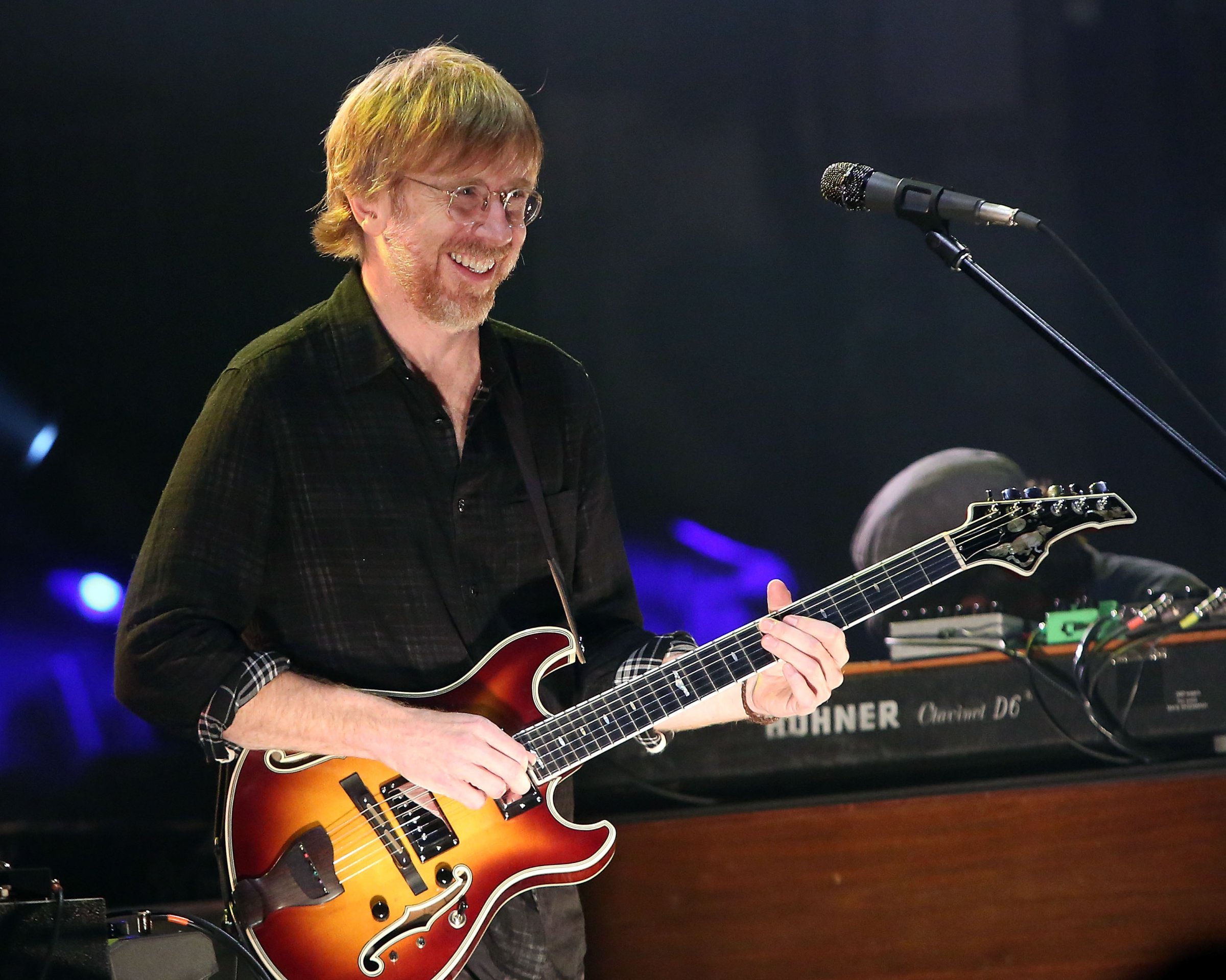
Correction appended, May 14.
When considering the overlapping legacies of Grateful Dead and Phish in advance of the upcoming 50th anniversary shows featuring Phish frontman Trey Anastasio performing with the surviving members of Grateful Dead, it’s worth noting that Phish never set out to create a scene. The band members aren’t fiery idealists like Fugazi’s Ian Mackaye or The Clash’s Joe Strummer. They did not set out to change the world through their music. For Phish, music was, and always has been, a cause onto itself, and obviously one they feel most passionately about.
But a scene sprung up around Phish all the same, rooted in the band’s devoted followers, the mind-expanding properties of various illegal, mood-altering substances, and epic, three-hour-plus concerts where the set list changed every night, and solos could last a seeming lifetime—especially if you were on some really good acid.
Phish was creating something new, but its foundation was built upon the history of American popular music, and its scene owed a debt to the Grateful Dead that is hard to overstate. At Grateful Dead and Phish show, the parking lot is as much of a show as the concert itself, and the crowd is as entertaining and colorful as the musicians onstage. Grateful Dead called the weird little miniature cities that seemed to spontaneously evolve near their concerts “Shakedown Street.” Phish fans call it “The Lot.” But their purposes are similar: They are a place for true believers to commiserate, procure $1 bottles of water, and grilled cheese sandwiches, and drugs.
In its early days, Phish was eager to differentiate itself from the generations that came before it. It didn’t want to be Grateful Dead Jr.; it wanted to be Phish. For Anastasio and his bandmates, the constant comparisons between Phish and Grateful Dead were a blessing and a curse.
If nothing else, the Dead comparisons gave fans an easy shorthand for describing the band. When I was writing my book You Don’t Know Me But You Don’t Like Me about the seemingly antithetical followings of Phish and Insane Clown Posse, and people who weren’t familiar with Phish would ask me what they were like, I would lazily but conveniently say they were a contemporary Grateful Dead.
But Grateful Dead comparisons also ensured that Phish was doomed to spend its career in Jerry Garcia’s outsized shadow. So it’s understandable why Phish and its fans might nurse ambivalent feelings about its most storied predecessors.
The Enduring Legacy of Jerry Garcia

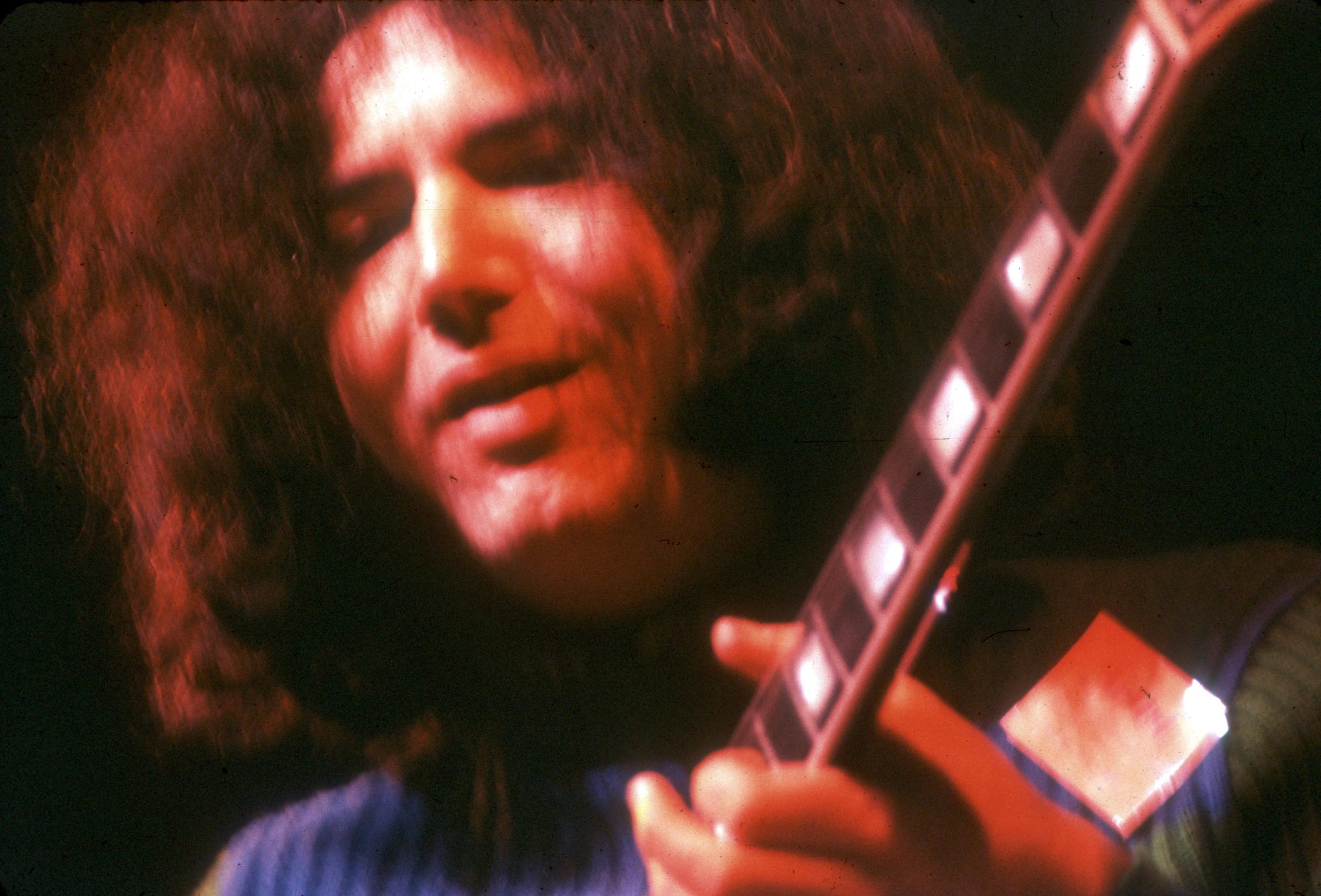



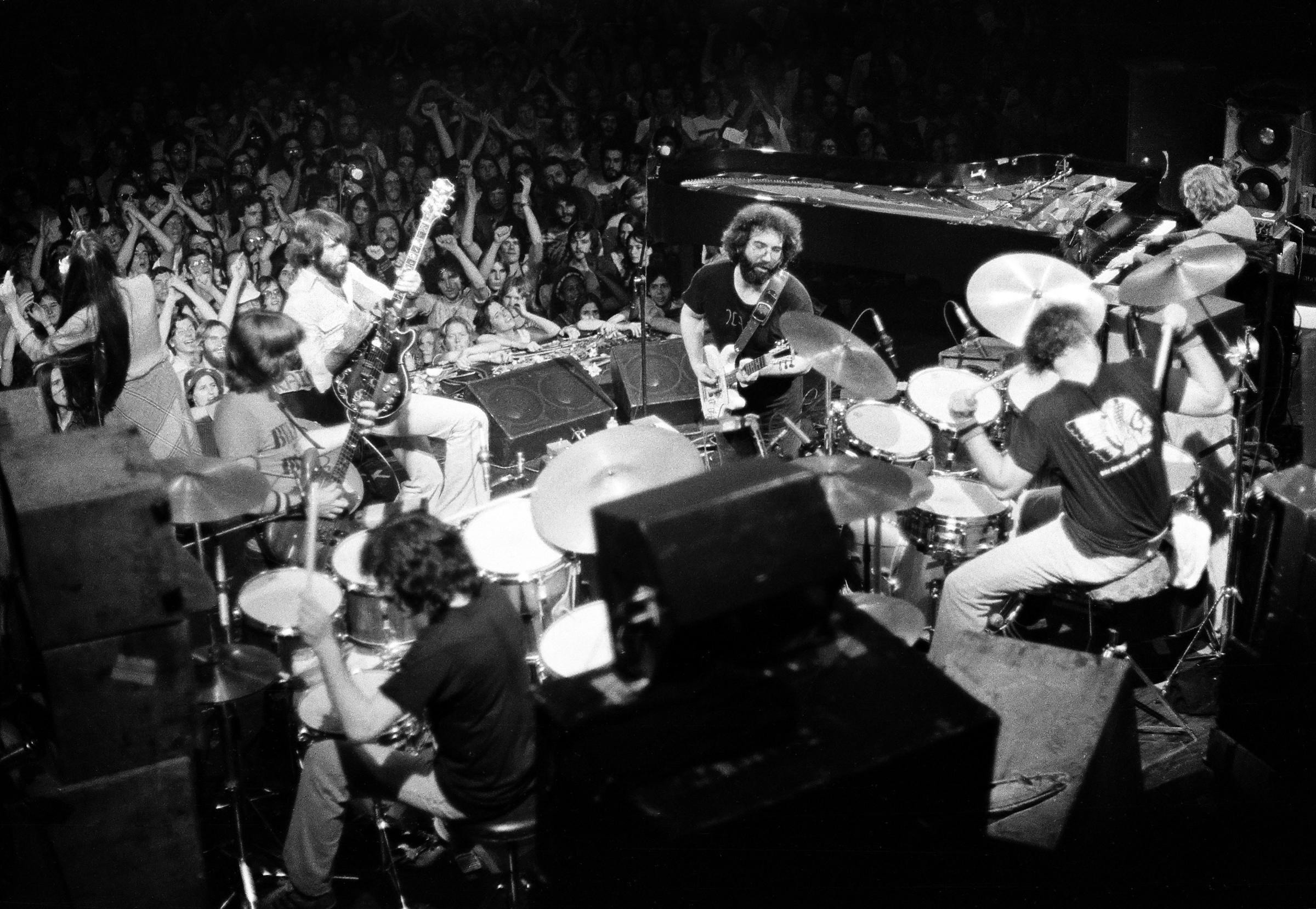
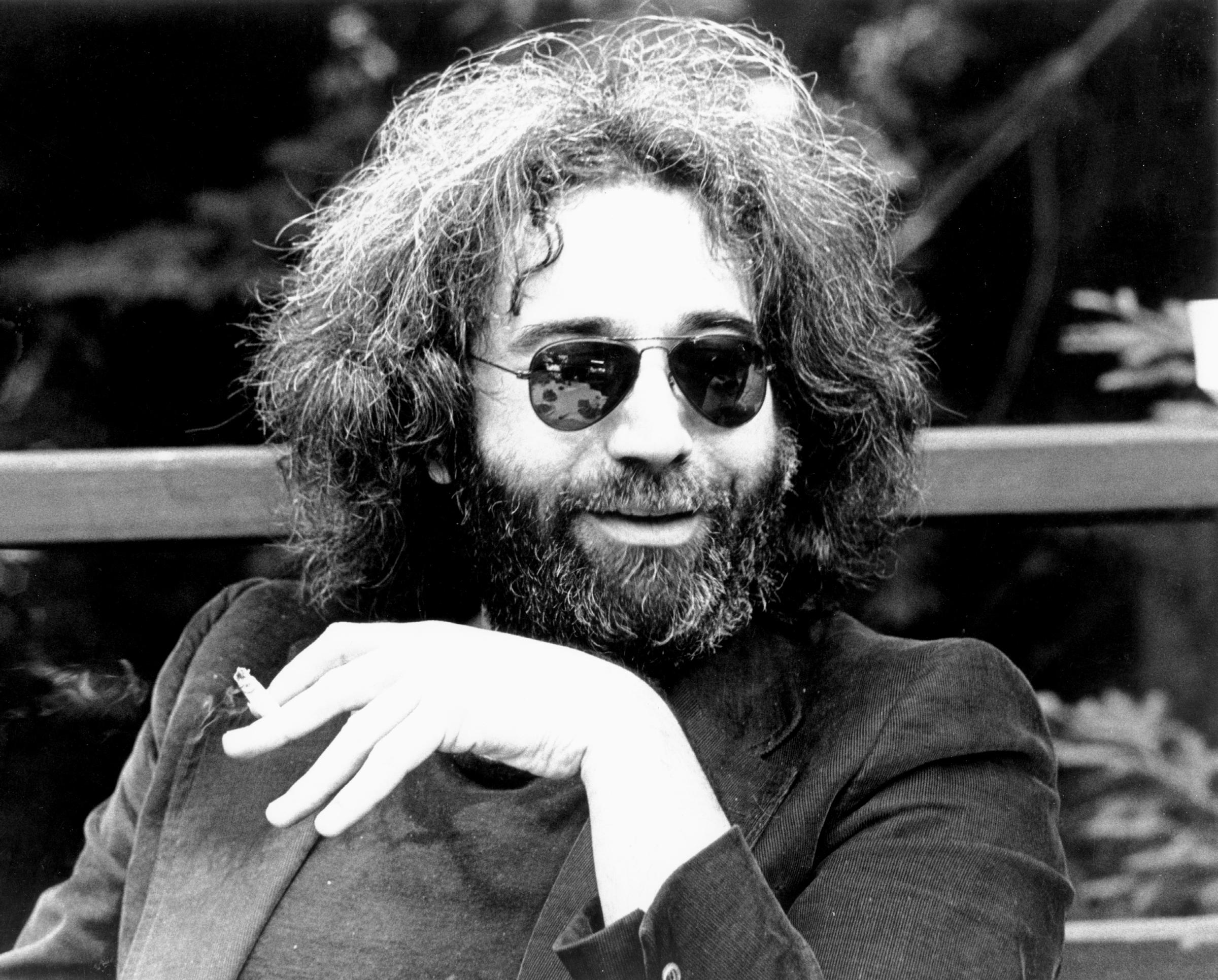
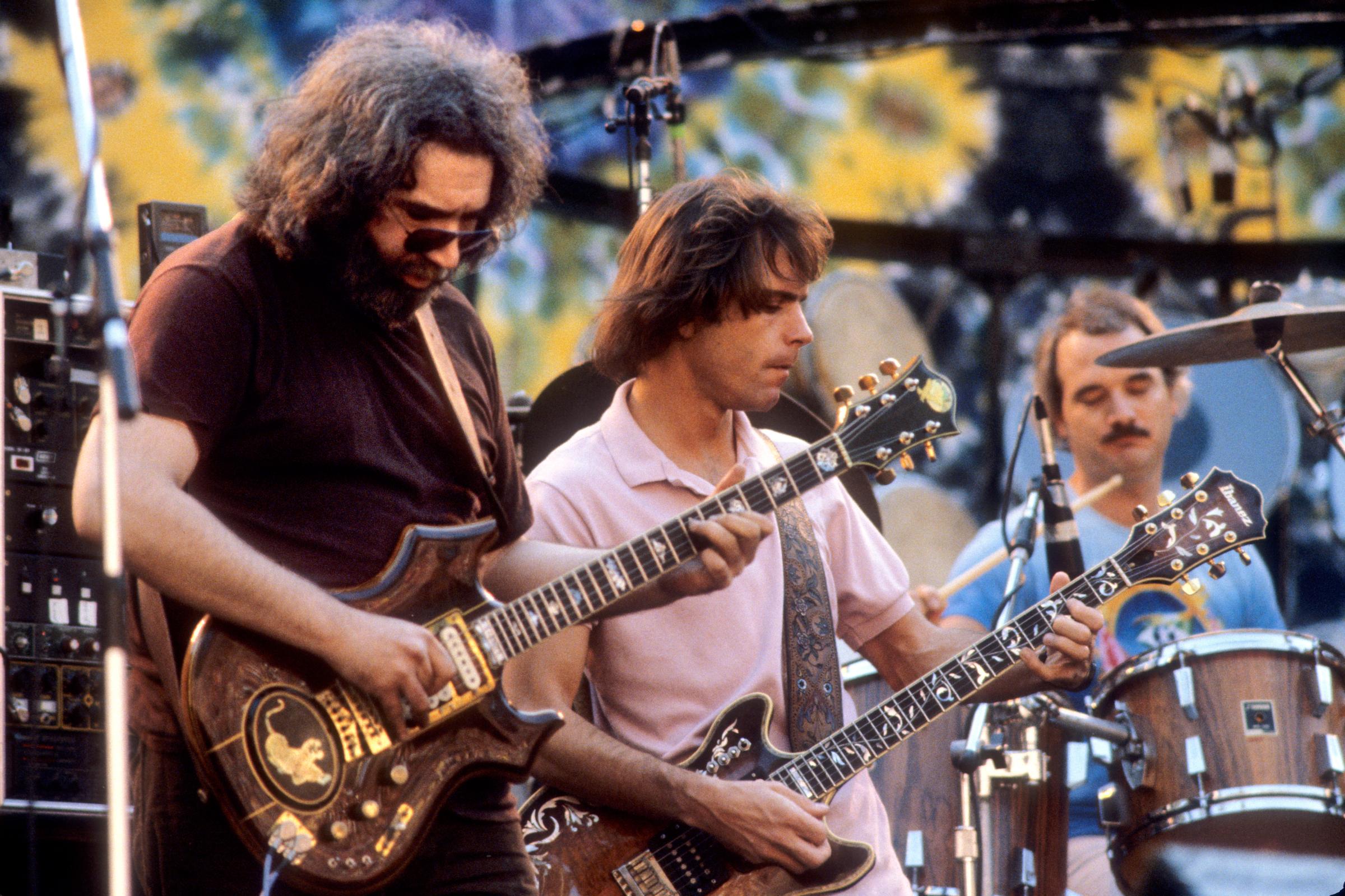
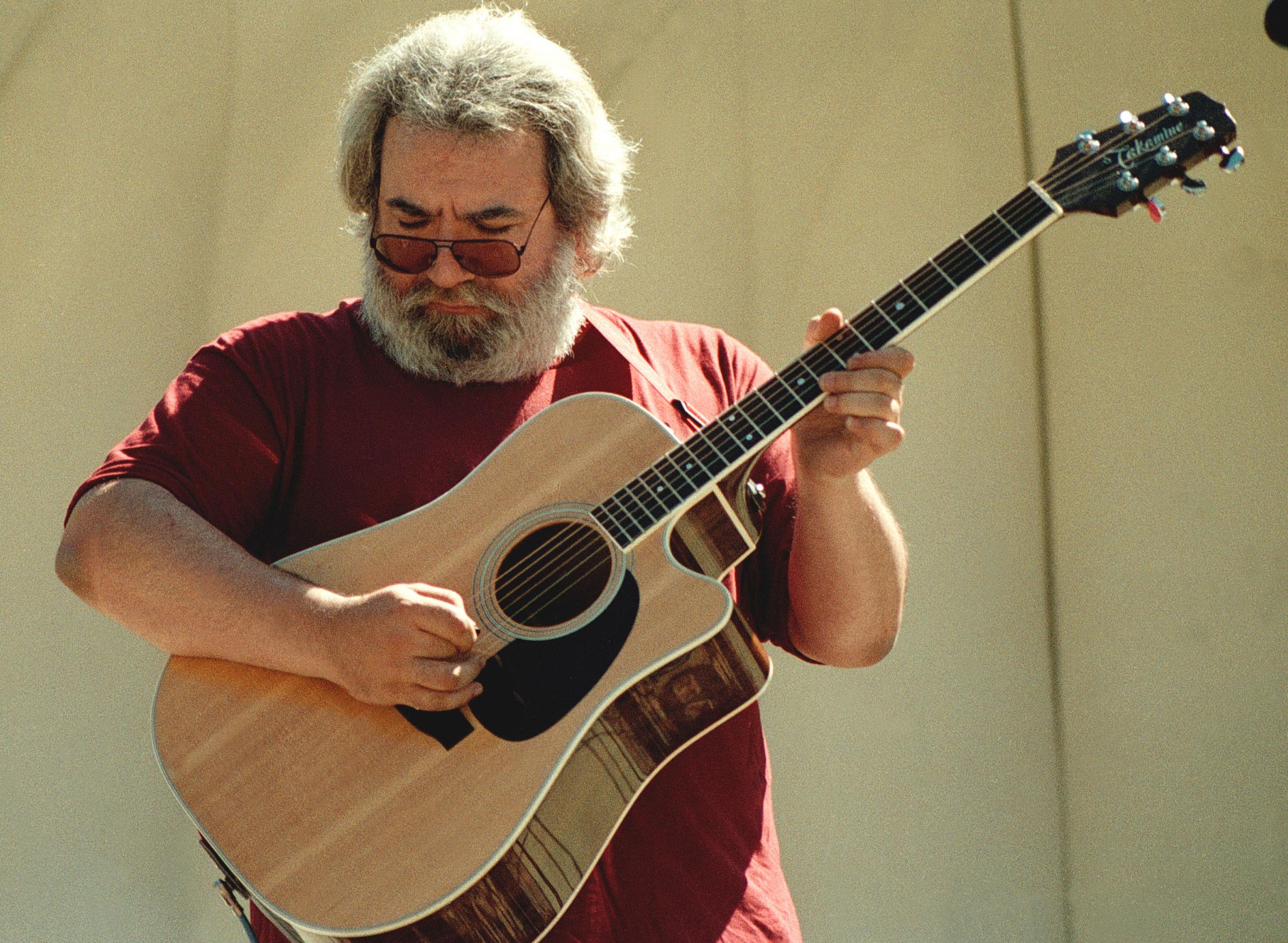


When Garcia died, it left a colossal hole in the lives of Deadheads. The surviving members of the Grateful Dead helped fill that hole by continuing to perform with each other in various combinations, but a lot of fans, particularly younger fans, gravitated towards Phish. Phish offered the shock of the new. Its music was rooted in the same improvisation and epic solos that defined the Grateful Dead, but it also had a playfulness and funkiness that set it apart. It’s telling that Phish performs lots of covers during its concerts, but it doesn’t cover the Grateful Dead as often as it does The Rolling Stones or The Talking Heads.
As people age, however, the young turk’s need to distance himself from older generations is often replaced by a weary acceptance of his role in the grand parade of history and a reverence for those who came before. Phish are no longer kids but rather old pros who have been playing together longer than a lot of its fans have been alive.
By this point, Phish isn’t competing with Jerry anymore; it’s competing with its own past. Anastasio and the band have never nakedly rejected the early comparisons to the Dead, but they never wholeheartedly embraced them either.
Now, however, Anastasio seems to have reached a place of acceptance regarding Phish’s relationship with the Grateful Dead, symbolized by his high-profile decision to join the remaining members of Grateful Dead for an epic set of shows at Soldier Field that quickly emerged as a hot ticket of the summer. (First, the surviving members of the Dead will be playing a tribute show to Garcia at Maryland’s Merriweather Post Pavilion on May 14, without Anastasio but with lots of other guests.)
The ridiculous high prices of the Anastasio/Dead shows are another sign that Anastasio and his band are no longer cocky young men with a scruffy following, but a cultural institution, like the Dead, whose fans include powerful people with deep, deep pockets and way more money than I do. Although in keeping with the spirit of both acts, I very much intend to track down a bootleg of the Anastasio/Dead shows so I can at least experience vicariously what is a fundamentally personal and intimate experience: the delicate but powerful chemistry between a jam band and its fans.
Correction: The original version of this article misstated the venue where the Grateful Dead and Trey Anastasio are performing this summer. It’s Soldier Field.
More Must-Reads From TIME
- The 100 Most Influential People of 2024
- Coco Gauff Is Playing for Herself Now
- Scenes From Pro-Palestinian Encampments Across U.S. Universities
- 6 Compliments That Land Every Time
- If You're Dating Right Now , You're Brave: Column
- The AI That Could Heal a Divided Internet
- Fallout Is a Brilliant Model for the Future of Video Game Adaptations
- Want Weekly Recs on What to Watch, Read, and More? Sign Up for Worth Your Time
Contact us at letters@time.com